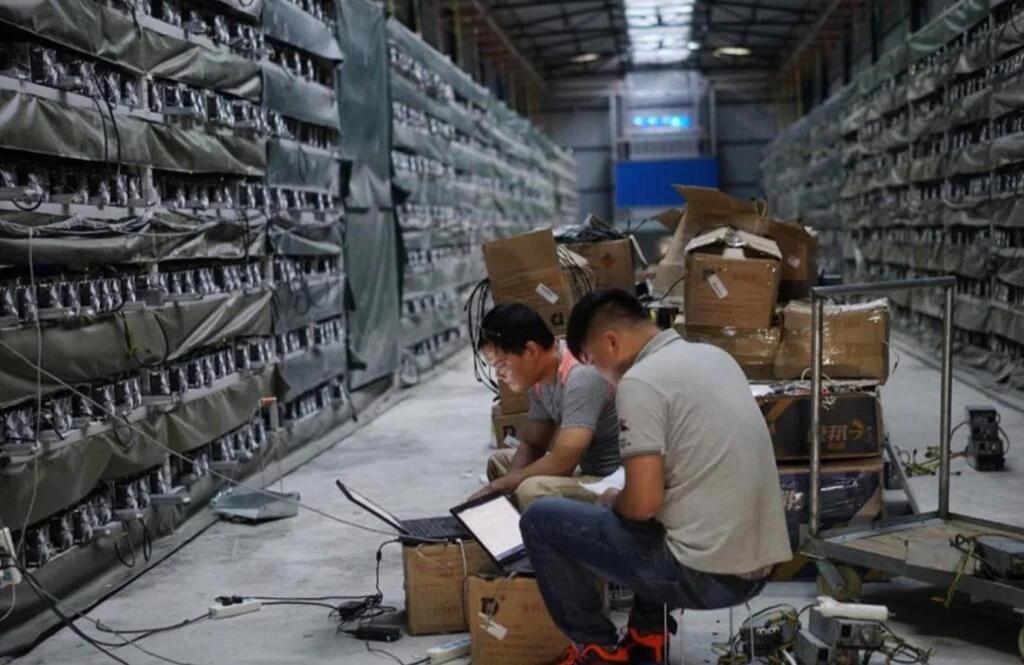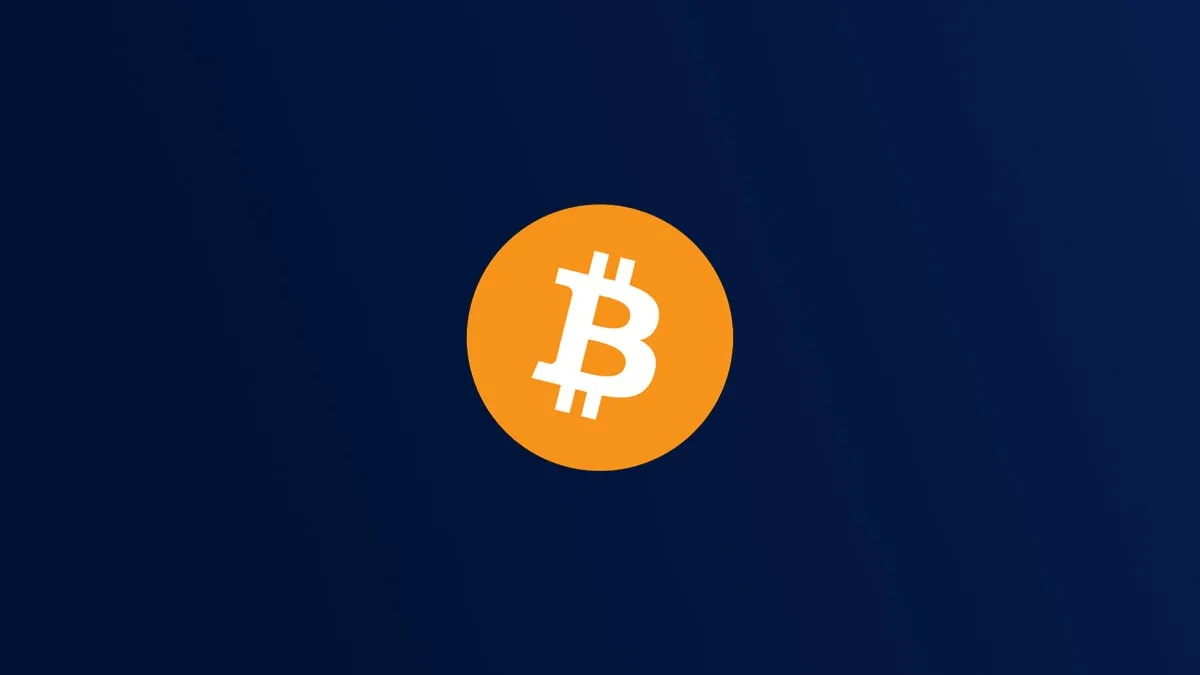Bitcoin (BTC) is by far the best-known digital asset with the largest trade volume.
Bitcoin is both a currency and a technology. At its core, Bitcoin is peer to peer electronic money with one express objective. The objective is to replace the intermediation and trust vested on centralised financial institutions. It aims to be a replacement for traditional fiat currency and an innovative settlement layer for processing transactions without requiring a third party.
To learn more about Bitcoin and how to get started with cryptocurrencies, check out our beginner’s guide series.
Bitcoin is Decentralized
Before Bitcoin was invented, the only way to use money digitally, it was through an intermediary, like a Bank or PayPal. Even then, the money used was still government issued and controlled currency. However, Bitcoin changed all that by creating a decentralized form of currency that individuals could trade directly without the need for an intermediary. Instead of trusting a centralized bank to process transactions, we would trust a Protocol that is run by different individuals all over the world.
Each Bitcoin transaction is validated and confirmed by the entire Bitcoin network. There is no single point of failure, so the system is virtually impossible to shut down, manipulate, or control.
Main Features of Bitcoin
- Decentralized control: There is no authority that controls Bitcoin. All transactions are visible on a public ledger called the blockchain.
- Bitcoin is a store of value: You can use Bitcoin to purchase goods and services.
- Security: Bitcoin has never been hacked.
- Open source: the Bitcoin source code is publicly available and community members can update it.
- Public: All transactions are visible on the Bitcoin blockchain.
- Pseudonymous: You can use a pseudonymous identity to make Bitcoin transactions. It is not truly anonymous because the transaction addresses are visible on the public chain.
- Limited supply: Bitcoin has a limited and predictable supply.
How do Bitcoin transactions work? How do you earn Bitcoin?
The Bitcoin network is essentially a decentralized public ledger that relies on the combined computing power of its community. Bitcoin works as follows:
- Bitcoin transactions are unconfirmed until they are updated on the bitcoin transaction ledger. This is called the blockchain. This is a decentralised public ledger, i.e. everyone can update it and no one person controls this ledger.
- People can help update this ledger by using specialised computers. The computers will generate random numbers. The aim is to generate the correct answer to the mathematical problem generated by the system.
- The computer that guesses the solution gets to decide which of the pending bitcoin transactions will be grouped together into a block.
- The block and the answer to the mathematical problem is sent to the bitcoin network. This is a network of computers.
- The bitcoin network will check if the answer is correct. If it is, they will update their copies of the bitcoin transaction ledger with the block you had created. The process is then repeated. Hence the name “Blockchain“.
- The computer which guessed the correct number receives an award of Bitcoins and the transaction fees for the transactions in the block.
This process is called mining. This is because you mine (earn) Bitcoins by helping update the bitcoin transaction ledger.

What is the halving in Bitcoin mining?
The Bitcoin halving is an important concept for Bitcoin miners. When Bitcoin was first mined, miners were rewarded 50 BTC for generating the correct answer to the mathematical problem. Every 210,000 blocks which occur around every 4 years, this reward is cut in half. (locals.md) This is known as the Bitcoin halving.
The last Bitcoin halving occurred on 11th May 2020 at around 3:00p.m. EST. Following this halving, the block reward was reduced to 6.25 BTC. The next halving is therefore expected to be in 2024 when the block rewards will be cut down to 3.125 BTC.
Learn more about Bitcoin halving in our article: Bitcoin halving explained
Where are Bitcoins kept?
Bitcoin owners store their coins using wallets. You do not actually hold your Bitcoins, rather you hold a private key that allows you to access your Bitcoin address i.e. your public key.
Click here to learn more about private keys and public keys.
Wallets can come in several major forms:
- Hardware wallets: Physical offline devices which store your private keys. Click here for our wallet reviews and tutorials.
- Mobile wallets: These are mobile phone applications e.g. the Enjin wallet. Click here for a review of the Enjin wallet.
- Online wallets: Run on a cloud server and so can be accessed by multiple computers. Most common online wallets are cryptocurrency exchanges. Check out our review of the top exchanges.
- Paper wallets: A printout which contains your public and private keys. Though the most rudimentary, it is the safest method of keeping your cryptocurrencies safe.
- Desktop wallets: They are downloaded and installed onto your computer.
Who is Satoshi Nakamoto
It is the invention of a “Satoshi Nakamoto” in 2008 as a decentralised virtual currency that runs on blockchain technology. We still do not know the true identity(ies) of Satoshi Nakamoto, though there are people who claim to be him.
What’s the future of Bitcoin?
Bitcoin is getting more adoption for payments across the world. At the moment, many stores and merchants accept payment in Bitcoin. The list of merchants are increasing by the day.
Bitcoin is even usable with some credit and debit cards.
However, Bitcoin is not as easily scalable as most other subsequent coins. Accordingly, a future where Bitcoin replaces traditional currency is highly unlikely.
However, Bitcoin will remain an excellent Store of Value (SOV). This is because of its immutability and periodic price appreciation. That said, the question of regulatory policies across the world may be the actual obstacle to Bitcoin’s long-term success.
Can Bitcoin disappear?
Despite what some naysayers will say about Bitcoin having no value or being a scam, Bitcoin cannot and will not disappear. Bitcoin is widely accepted as a value accept and can be converted into fiat currencies. There are also many places that accept Bitcoin as a form of payment such as Home Depot, Microsoft, and Virgin Airlines.
Bitcoin is also decentralized (i.e. not held by any central authority). This means that no single person or entity can confiscate your Bitcoins or shut Bitcoin down.
What will happen after all 21 million Bitcoins are mined?
The total supply of Bitcoin is capped at 21 million and it is expected that all 21 million Bitcoins will be mined in around 2140. When this happens, Bitcoin mining fees will disappear. Bitcoin miners instead will only earn income from transaction processing fees instead of both block rewards and transaction fees.
BTC price predictions once the last Bitcoin is mined?
In an interview with Cointelegraph, Mohamed El Masri, Founder of mining solutions provider PermianChain predicts that BTC would be worth US$430,500 once the last Bitcoin is mined.
El Masri also feels positive that Bitcoin miners will still be able to profit from Bitcoin mining despite all of them being mined. This is despite the fact that by then, Bitcoin miners can only earn transaction fees as a source of income. His positivity stems from the fact that transaction fees will still generate almost US$3 billion a year at his predicted BTC price. This is because Bitcoin miners will still be a necessary part of supporting the Bitcoin infrastructure operating at any cost.

Michael Gu
Michael Gu, Creator of Boxmining, stared in the Blockchain space as a Bitcoin miner in 2012. Something he immediately noticed was that accurate information is hard to come by in this space. He started Boxmining in 2017 mainly as a passion project, to educate people on digital assets and share his experiences. Being based in Asia, Michael also found a huge discrepancy between digital asset trends and knowledge gap in the West and China.
